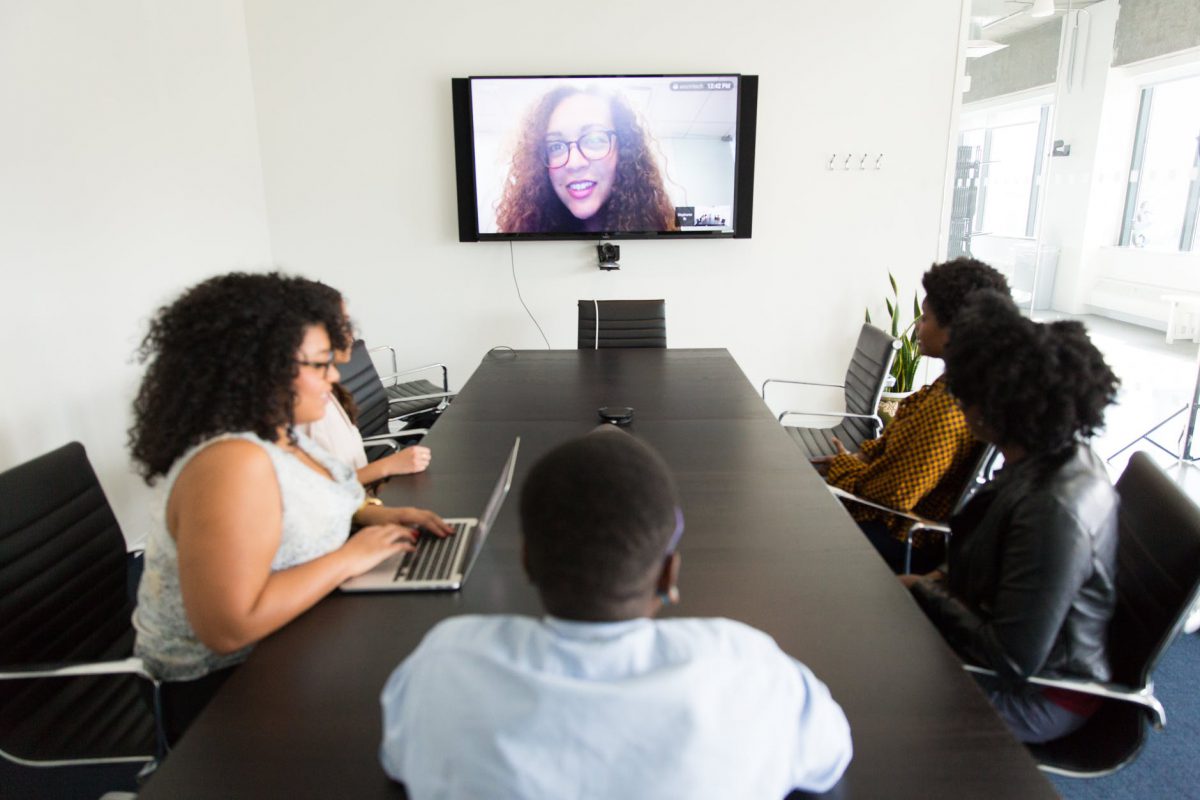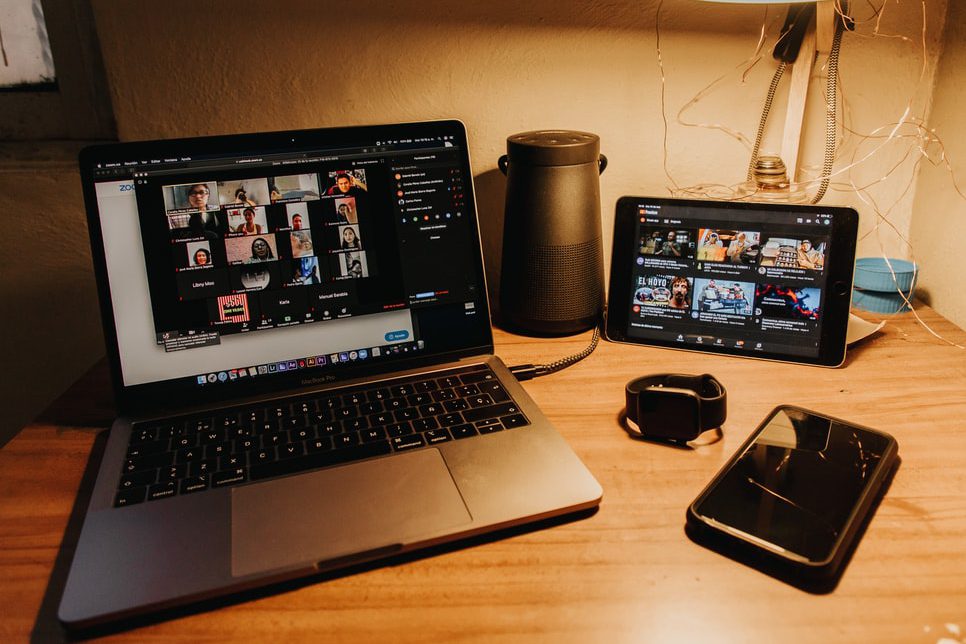The time of year for office holiday parties is almost here again. These events are often a time for employees to let their hair down and connect on a more social level. But is that really possible with a virtual office holiday party?
Yes; yes it is.
There are plenty of things you can do to celebrate the festive season with a virtual team. Celebrations don’t have to be—and shouldn’t be—limited to teams who can meet up in person!
They also don’t have to be limited to employees. It’s a lot easier—and cheaper—to include employees’ loved ones in virtual team events.
If a lot of your employees have children, see if there’s a way you can include them in the activities at your virtual office holiday party, or put something on that they’d enjoy. This shows that you understand employees have lives outside of their work, and helps to encourage and support them.
Give employees a food/drinks budget
A big part of an in-person holiday party is going out for a meal with colleagues.
While that can’t be recreated at a virtual office holiday party, one thing you can do is provide employees with a food and/or drinks budget.
They can use this to treat themselves to a nice meal at home. This way, they don’t need to cook and can enjoy the festivities for the evening.
Conduct a yoga or Pilates class
To prepare employees for the festivities to come, you could hire a yoga or Pilates instructor to hold a virtual class. Both can help employees to wind down after a busy period at work. Starting off this way will ensure they’re better able to enjoy the rest of the activities.
Yoga and Pilates are also amazing for helping to work through joint stiffness you didn’t even know you had. You never know—you may even inspire a new habit for the new year!
Hold a virtual bake off
The holiday season is a time for baking. So why not share some recipes and see which your employees would like to bake?
This can be a fun way for employees to learn a new skill and talk to people they may not have engaged with before. They’ll also be creating social media content for you to share. Your social media followers can vote on the winning results.
Do a magic show
One family-friendly activity you could try is to hire a magician to put on a magic show. You’d be surprised at how well these work virtually when done over Zoom or Teams.
Much like in-person magic shows, there’s often an element of audience participation. This can be a great way to get employees and their family members involved.
Tell ghost stories or standup comedy
This one is for the more confident public speakers in the group. Much like a lightning talk or PechaKucha, employees get a set amount of time to tell a spooky story or make everyone laugh.
It’s a lot of pressure and not for the faint of heart, but a great way for employees to hone their public speaking skills and be entertained in the process!
Find a standup comic
Instead of (or as well as) getting employees to provide the comedy, you could hire an actual standup comic. There are plenty out there who entertain at business events, and many have pivoted to online events, too.
Host a festive movie night
Everyone has their favorite festive film, whether it’s a classic like Home Alone, or a more recent Netflix one like The Holidate. It might even be something less safe for work, like Bad Santa.
Watching a film together can be a great way for people to share their thoughts and bond over what happened in the movie. Plus, they’re a great way to relax!
Test everyone’s general knowledge
You could host a holiday-themed quiz, asking questions on holiday-themed foods, pop culture, and customs from around the world.
Take a class or workshop
Office holiday parties can be a chance to learn or develop new skills, from cocktail making to painting. There’s no reason a virtual office holiday party can’t offer the same benefits!
There are online teachers for just about every skill imaginable. If you can, choose something with a low barrier to entry, like writing. This way, employees need less space and resources to take part.
If you want something that requires equipment, like painting, make sure you provide employees with everything they need for the class if they wish to take part.
Put on an awards night
What better way to show employees you appreciate them than with an awards night?
You could host awards for serious things, such as best problem solver, and put them alongside more humorous awards, such as best baker.
The combination of serious and humorous awards shows employees that you pay attention to what they do at work, and what they’re interested in outside of work.
Highlighting employees’ achievements is also a great way to show other team members what kinds of attitudes and approaches are the most effective. In turn, this can encourage them to operate in a similar way going forward.
Including the more humorous awards also shows that it isn’t a super serious awards night that people need to get anxious or worked up about. It’s designed to be fun and not a competition.
Ask employees what they want (or don’t want)
If you’re unsure about an idea, ask! Employees may already have ideas of what they’d like to do, or have suggestions from previous virtual holiday parties they’ve attended before.
You may even find they loved past activities you’ve done and want to do them again.
Conclusion
Office holiday parties boost employee morale, help employees get to know their colleagues, and show employees that you appreciate all their hard work over the last twelve months.
There’s no reason a virtual version can’t do the same thing. There are plenty of activities you can put on that can have the same benefits to employees’ mindsets and morale.
If you’re looking for an easier way to market, manage, and measure the success of events like a virtual office holiday party, we invite you to visit workrowd.com to see how our suite of tools can help you supercharge your impact.
Our platform makes it easy to keep everyone in the loop. It also includes an evolving library of activity guides, and offers automated surveys to ensure you capture crucial feedback. Drop us a line at hello@workrowd.com to learn more.














